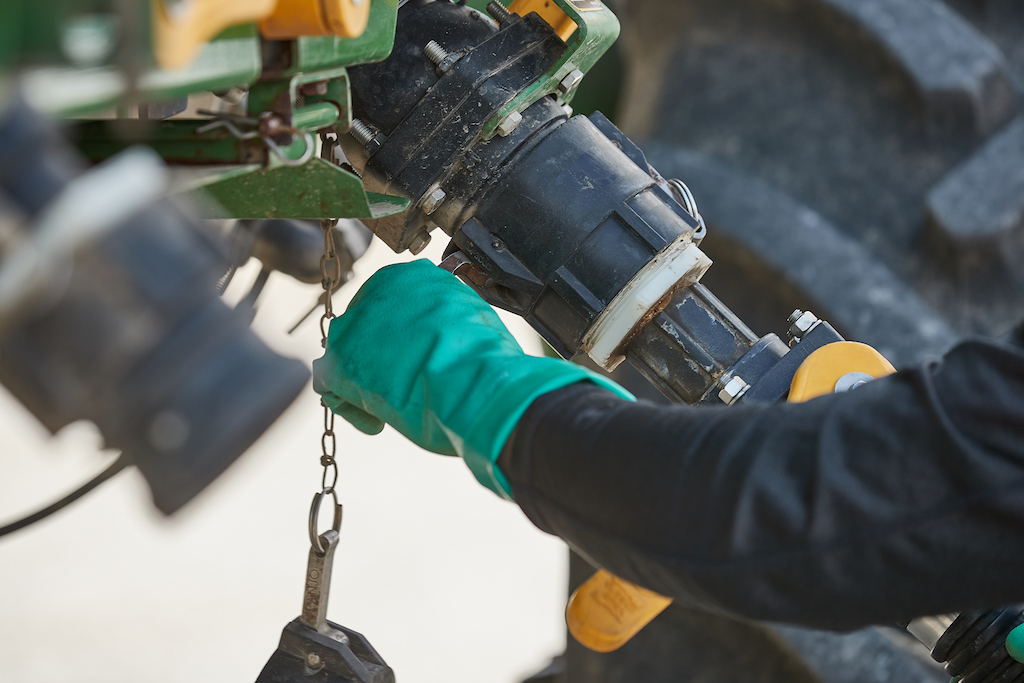Oberon 2 SC Insecticide-Miticide
InsecticideWith long-lasting residual and activity on all mite life stages, Oberon® miticide/insecticide provides excellent control of mites, psyllids and whiteflies. What's more, Oberon is soft on beneficials when used as directed, making it a good miticide choice that fits well in Integrated Pest Management (IPM) systems.
Approved In
AK, AL, AR, AZ, CA, CO, CT, DE, FL, GA, HI, IA, ID, IL, IN, KS, KY, LA, MA, MD, ME, MI, MN, MO, MS, MT, NC, ND, NE, NH, NJ, NM, NV, OH, OK, OR, PA, RI, SC, SD, TN, TX, UT, VA, VT, WA, WI, WV, WYLabels / Safety Data Sheets (MSDS)
Additional Downloads
